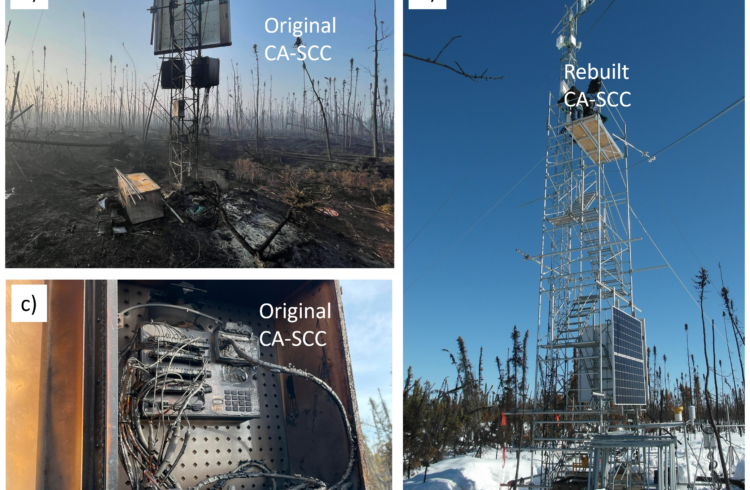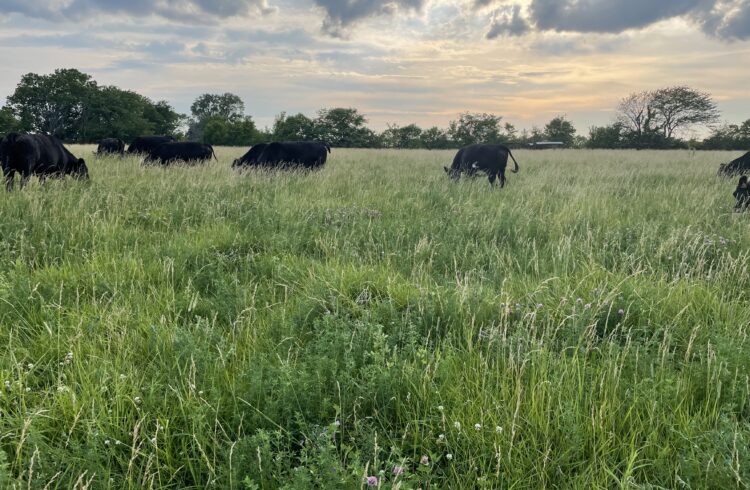Species-level insights from ecosystem-scale phenology monitoring Many Ameriflux towers are equipped with PhenoCam network cameras that take digital images every half hour throughout the day. These images allow for long-term… More
POSTCARDS
FEATURED SERVICES
MORE POSTCARDS
A big part of the AmeriFlux Management Project’s (AMP) mission is to provide data and technical support to a growing network. A recent meeting prompted us to reflect on lessons… More
Dear Flux Community, We are now soliciting abstracts and breakout session ideas for the 2023 AmeriFlux Annual Meeting! This meeting will be held October 4-6, with several additional offerings. Virtual… More
Please save the date for this year’s AmeriFlux Annual Meeting: Oct 4-6, 2023. Once again, we will host the meeting in hybrid mode. This meeting is open to anyone who… More
As part of the theme year action for the Year of Remote Sensing, we introduce a new resource page added to the AmeriFlux website: Remote Sensing Products. In this… More
Wetlands are an important component of the New England landscape, the Harvard Forest has its share; about 25% of the landscape is classified wetland or very poorly drained. Read how the The AmeriFlux instrument loaner program was used for a new pilot study at Harvard Forest.
After a long hiatus, the AmeriFlux Management Project (AMP) will host a Data-Tech workshop in Berkeley on May 10-11, 2023. This is an informal, interactive workshop to learn from each… More
What happens when the dominant tree species in a forest is killed off by an insect pest? Eastern hemlock (Tsuga canadensis) is considered a foundation species with a range spanning… More
Last year, the AmeriFlux database hit a big milestone: 3000 years of site data in our half-hourly Flux/Met data (BASE) product! This achievement is a great testament to the collaboration… More
Learn how the AmeriFlux Loaner Program helped a new site, US-NSW (Newman Seasonal Wetlands), get running faster after supply chain disruptions led to product delays.








